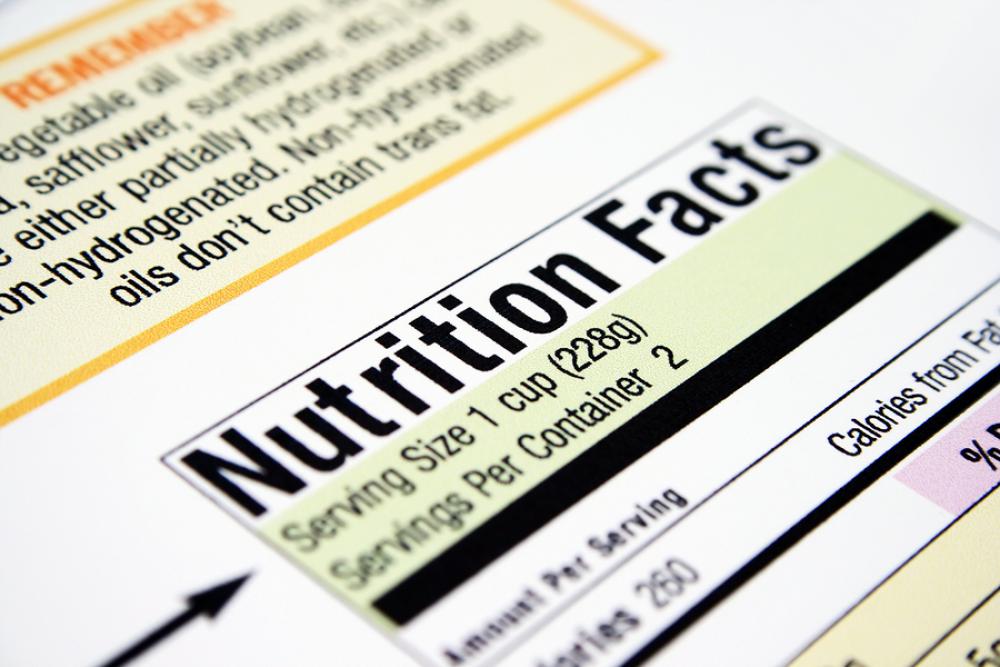Is Your Serving Size Correct?

The amount people are eating and drinking in one sitting has changed dramatically since serving size regulations were established by the U.S. Food & Drug Administration (FDA) in 1993. It has become common for consumers to enjoy products such as a 20-ounce soda or a 15-ounce can of soup in one sitting, instead of multiple sessions as old serving sizes assumed.
Because of this new trend, the FDA updated their requirements for the Nutrition Facts Panel in May of 2016 to better inform consumers. With these updates came an amendment to what FDA considered to be appropriate servings sizes. The new definition states, “By law, serving sizes must be based on amounts of foods and beverages that people are actually eating, not what they should be eating.”
Some may confuse serving size with the Reference Amount Customarily Consumed (RACC). However, the RACC simply tells the customer the amount likely to be consumed in one sitting. It should be known that the RACC value for an item is not the recommended portion size nor does it offer any nutritional advice – it merely helps a company determine the most accurate serving size.
It should be noted, that with these new requirements, manufacturers of beverage products greater than 20 fluid ounces (fl oz) may now need to include dual column Nutrition Fact Panels to provide the amount of nutrients both per serving and per package/unit.
Here are 7 steps to determining serving size:
- Identify product type.
- Determine RACC. (With recent FDA regulation changes, it is important to verify you are referencing the correct value. Check here.)
- Establish appropriate household measurements or unit. (This is the closest you can get to the established RACC.)
- Translate into metric quantity (if necessary).
- Determine serving size by dividing RACC by the household measurement or unit.
- Find servings per container by dividing the container size by the serving size.
- Define and phrase serving size and servings per container properly.
Below is an example for a 2 Liter bottle of soda:
PRODUCT TYPE: A 67.6 fl oz (2 L) Bottle of Soda
RACC: 12 fl oz (360 mL)
HOUSEHOLD MEASURE/UNIT: Soda Can (equal to 12 fl oz)
UNIT OF MEASURE: 12 fl oz
SERVING SIZE: 12 fl oz / 12 fl oz Soda Can = 1 Soda Can
SERVINGS PER CONTAINER: 67.6 fl oz container / 12 fl oz serving size = 5.63 servings per container or About 6 servings per container
PROPER PHRASING for the Nutritional Facts Panel: “About 6 servings per container” and “Serving Size 12 fl oz (360mL)”
It is common to see beverage sizes well over 12 fl oz, but it is important for consumers to have an accurate serving size that is comparable to a beverage size they are familiar with (e.g. one soda can equal to 12 fl oz).
If you do not configure the correct serving size, each nutrient value listed will also be incorrect, and incorrect label information can expose you to lawsuits. If you are having difficulty determining your serving size, feel free to contact BevSource at [email protected]. We are here to help.
Disclaimer: The information in this article is intended to convey general information regarding beverage regulations and compliance. It does not constitute legal advice. This is for informational purposes only, and we strongly encourage you to seek independent legal counsel for advice on specific legal issues.
